The other week, the ladies on “The View” got into a debate about the existence and “alleged” location of the G-spot. Considering all the lip service (ha!) given to the G-spot in women’s mags, we thought we’d gotten beyond all this. Apparently not. The View gals referred to a Yahoo.com article that claimed it doesn’t exist! (We think this is what they were referring to.) Sadly, there just isn’t enough serious medical research on the topic or serious discussion in popular media about actual anatomy for everyone to be on the same page. But there is enough to give us confidence we know what’s up, so we’re here to set everyone straight. (Barbara Walters, call us!):
AN INTRO TO THE G-SPOT
The “G-spot” doesn’t refer to a magic button that’s guaranteed to transport all women everywhere to orgasmic bliss every time it’s pressed; nor does it refer to your (or your girlfriend’s) own personal sweet spot (whether it’s in the vagina or the armpit). No, the G-spot is a particularly sensitive area that’s stimulated by applying pressure to roof of the vagina — and provoking it may or may not lead to orgasm and/or female ejaculation. Like almost everything about sex, it depends. (You’ll find G-spot enthusiasts arguing this point, claiming that all women can enjoy G stim and ejaculate, but the research we’ve seen on the matter — this is one study, for example — says it ain’t so. Besides, we think that’s just too much performance pressure to put on a sista).
THE “DISCOVERY” OF THE G-SPOT…
We have the ’80s to thank for shoulder pads, Wham!, and the term “G-spot.” Before then, research on the area was pretty flimsy. In the ’40s, prominent sex guru Alfred Kinsey found that most ladies who dug having their vadge tickled, dug it most on the vadge’s top wall. But since Kinsey was all about the clitoral head, he didn’t send out any press releases on the matter. The ’50s gave us good old German gyno Ernst Gräfenberg, the first modern scientist to identify the erotic potential of the urethral sponge, as felt through the top wall of the vagina. But the world was only ready for one orgasmic revolution, and Kinsey’s clit won out. It wasn’t until the early ’80s that a pair of sexologists, John Perry and Beverly Whipple, picked up where Gräfenberg left off, replicating his findings and finally giving this hot zone a name in honor of Ernst: The G-spot.
WHAT EXACTLY IS THE G-SPOT?
If you want to talk about the G-spot, we’ve got to talk about the urethra. Oooh, fun. The urethra is the slender tube which carries urine (tinkle) from your bladder to your urethral meatus or opening (peepee hole), which, if you’re a chick, is usually between your clit and vaginal opening. The urethra runs just above the roof of your vaginal canal, kind of like a ceiling pipe, and is surrounded by erectile tissue called the urethral sponge, sort of like outer insulation. This sponge houses a number of “paraurethral” (meaning near the urethra) and “periurethral” (meaning around the urethra) glands and ducts which secrete and expel fluid (or female ejaculate) respectively. While the G-spot has never been anatomically mapped by a body of medical professionals who can agree, it’s popularly known as the part of the urethral sponge which may be felt through the ceiling of the vagina, approximately one-third to one-half of the way in — it’s usually an oval area or ridge (sometimes called the “G-crest”) about the size of a elongated dime or quarter. (However, some consider the G-spot to actually be the entire urethral sponge.) When you’re aroused, the urethral sponge fills with blood and its glands fill with fluid, causing the area to swell and firm up — which is why many women (or their partners) are only able to locate the G-spot once they’re, you know, good and ready.
The urethral sponge (G-spot if you’re nasty) is also sometimes — controversially — called the “female prostate.” Check it out: Fetuses, whatever sex they’re destined to become, all start out female. It’s not until the 7th or 8th week of gestation when the Y chromosome kicks in for the boys. The same embryonic tissue that eventually develops into the prostate gland in boys is what eventually becomes the para- and periurethral glands in girls. New research suggests that the female urethral sponge with these glands and ducts is not just leftover tissue, but is actually its own working organ with similar functionality (i.e. it enables female ejaculation in some women).
HOW DO YOU STIMULATE THE G-SPOT?
You or your partner can do this: Lie lie on your back (you can pull your knees up or place a pillow under your bum for better access), and insert one or two fingers about two inches in and up, as if you were aiming behind the pubic bone. You’re feeling for a rough, ridged area on the front or upper wall of the vagina, about the size of a stretched-out coin. Remember, the G-spot actually sits behind this wall – again, it’s the spongy tissue that surrounds her urethra (a.k.a. the female prostate). Since you’ll be pressing on the urethra (and in the vicinity of the bladder), it’s only natural that you might feel like you have to wee when you do this. If you urinate first, then you’ll know you can ignore this feeling and you can keep on G-spotting. Once there, curve your fingers in a “come hither” gesture and massage the area firmly and steadily. Some women find this sensation downright uncomfortable and can’t get past the resulting “urge to purge”. But others actually require this kind of stimulation for orgasm, or even ejaculate as a result of it.
We hope that helps!
For more on the G-spot and sexual anatomy, check out our books “The Big Bang” and “SEX: How to Do Everything”, from which some the above was excerpted.




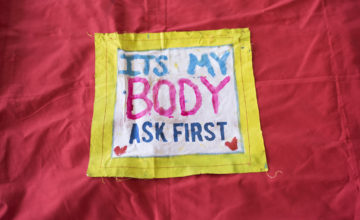
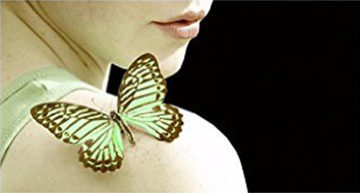


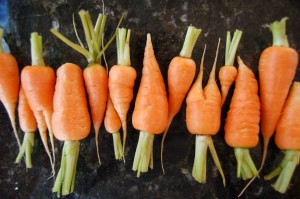
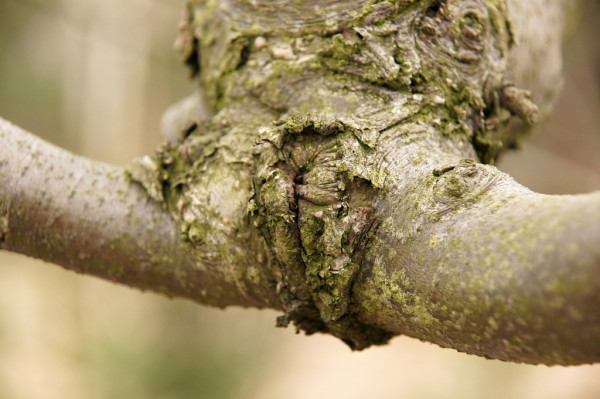
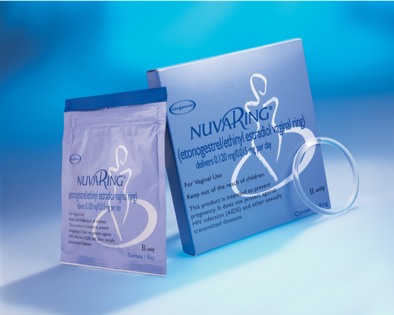

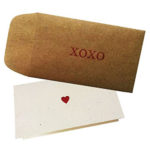

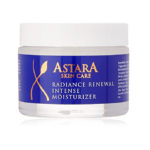
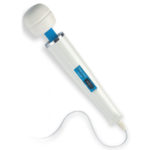


I am 46 and had 4 kids. I know the spit they are talking about with the different texture but it does nothing fir me to have it rubbed. After having four kids it has changed locations too. I think it depends on the female as to if stimulantion there does anything or not. It does nothing for me. Without clit stimulation I can’t have an orgasm. I hope this helps another female realize there is nothing wrong with them if they think the g spot is a myth or they can’t enjoy it.
It makes most ladies feel….uh..sh,ah..sh……if torchd properly.
Love the article. Never had an orgasm would Like to experience one. Gunna try that tip with my boyfriend using the pillow on my butt. Wish me luck! 🙂
This was a wonderful article. That definitely made me find my g-spot. There is an article that states that some women can not have a vaginal orgasm because they lack a certain thickness of tissues where the g-spot is.
check it out:
http://www.newscientist.com/article/mg19726444.100-ultrasound-nails-location-of-the-elusive-g-spot.html?page=1
Thanks for helping me find mine.
I am a man and have conducted my own research. This is a pretty good article. I really can’t understand why all men have not figured it out. By the way, it can also be reached with your tongue.
Because of the subtle anatomical differences in all men and women finding the G Spot is always an adventure, but the general location is easy to locate once you’ve had a little experience. The texture helps too. Relaxation and arousal are the key to enjoying the G Spot for men and women, and ejaculation? Yes it does happen despite those who doubt it. Not in the way the pornographers would have you believe. My experience of it is here.
http://alexsuze.com/?p=1824
(http://alexsuze.com/?p=1824)
My advise to introducing ur sexcapades to the infamous “G-spot” is to place a small pillow near the “small of ur back” during intercource.
This places the spot in a more easily approachable position, and when reached, is an atomic explosion that lasts longer than the usual Orgasmn. Well, at least for me it does 😉 Happy trails, ladies on your trip to “G-dome”!!!
@Chrystal: I know what you mean about male researchers “discovering” something that was probably fairly obvious to a lot of non-male non-researchers. And it certainly helped when they stopped looking for it while dissecting cadavers and started looking in, you know, people who were still alive.
figleaf
The best advice I ever heard for finding the g-spot (or, for skeptics, where it’s supposed to be) is that it’s the little pad inside the vagina under the pubic bone that feels sort of like the little corrugations on the roof of your mouth.
As to why some people say there’s no such thing I can say that a) it swells when the person is aroused and often becomes even more pronounced when you gently rub it and b) maybe half the people you do it to will really enjoy it, another quarter won’t like it at all, and another quarter will be pretty indifferent. So, like a lot of things sexual, it seems to be a “your mileage varies” effect.
figleaf
Great article as always. It’s going to be super hard to try and start explaining the “A” spot on women when people can’t even get the “G” spot still.
I think part of the problem with the lack of research is that for a couple hundred years, almost all research dollars were spent on MALE health issues and MALE reproduction issues. We are finally seeing money spent on our health issues and the researchers are not just trying to gleen info about the male studies and then apply them to women. FINGERS CROSSED it will only get better.
Thank you so much for this. I will definitely refer my Bliss community to this article.